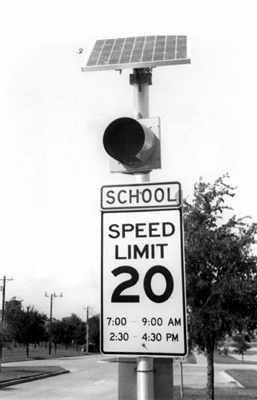All Nonfiction
- Bullying
- Books
- Academic
- Author Interviews
- Celebrity interviews
- College Articles
- College Essays
- Educator of the Year
- Heroes
- Interviews
- Memoir
- Personal Experience
- Sports
- Travel & Culture
All Opinions
- Bullying
- Current Events / Politics
- Discrimination
- Drugs / Alcohol / Smoking
- Entertainment / Celebrities
- Environment
- Love / Relationships
- Movies / Music / TV
- Pop Culture / Trends
- School / College
- Social Issues / Civics
- Spirituality / Religion
- Sports / Hobbies
All Hot Topics
- Bullying
- Community Service
- Environment
- Health
- Letters to the Editor
- Pride & Prejudice
- What Matters
- Back
Summer Guide
- Program Links
- Program Reviews
- Back
College Guide
- College Links
- College Reviews
- College Essays
- College Articles
- Back
Technology in the Classroom
There are almost 280 million internet users in the United States alone, which is 87.5% of our total population (Perrin). The sheer number of internet users and rapid adoption of them has changed many aspects of American life. Having access to an infinite amount of information at our fingertips has begun to change the way we work, socialize, and most importantly learn. Although, the integration of technology that surrounds us every day has not yet found its way into many classrooms around the world. If technology is so prominent, why is it not used in classrooms more frequently? In order to greatly enhance students’ learning, teachers and administrators should increase their focus and use of technology in the classroom.
Students experience higher levels of focus and interest in learning when actively engaged with technology. First, the ubiquity of the internet allows students to learn at their own pace. Chris Hulleman, an educational psychologist at the University of Virginia, says that “people perform better when they set their own goals and receive specific feedback on their progress” (Hodson). If a student is confused, they can utilize online tutorial videos to boost their grades and confidence. Students now have the ability to establish an understanding of any topic at the click of mouse which, in turn, will make students more interested in learning. In addition, over recent years, many new interactive ways of learning have been developed that truly engage pupils. Programs such as Kahoot, a quiz-based game that allows students to answer teacher-created questions from their electronic devices, vastly changes the dynamic of ordinary classrooms. Now students will be a part of the learning, while greatly increasing their motivation and interest to learn. Finally, people of the next generation naturally gravitate towards technology, like insects to a light. As tablets, telephones, and technology become more prevalent in the world around us, young people are more willing to learn from an interactive device than a static book. In fact, the publisher Houghton Mifflin Harcourt tested the use of a digital version of an Algebra 1 textbook. Their study showed that those using the digital book performed 20% better on standardized tests than those students who learned from textbooks (Rock). When students are given the ability to learn at their own pace in technological ways, along with this generation’s inherit willingness to use technology, their motivation in the learning process greatly increases.
Although some say that laptops and tablets in learning environments cause major distractions for students, many others say that they only improve students’ retention of information. In fact, distractions created by technology are completely avoidable. Many different applications have been designed solely for this issue, like Apple’s Classroom. With this program, a teacher watching over a room full of iPad-engrossed students can launch everyone’s apps at the same time, then guide what students are looking at on their devices. They can even see and control what each child is doing on every individual iPad (Apple). Through the use of applications like this one, frustrating issues like poor listening skills and short attention spans grow smaller with every use of technology.
Despite technology being so prone in this day and age, classrooms and schools across the world are apprehensive when deciding to integrate technology in the classroom. With the proper administrative support and interactive curriculum, however, the positives of using technology greatly outweigh the negatives. Students now have the ability to learn at their own pace with engaging new technology and avoid any confusion or lack of understanding that plagues students in a traditional classroom setting. Because no student wants to be left behind while learning, educators should integrate technology into school classrooms.

Similar Articles
JOIN THE DISCUSSION
This article has 0 comments.

I hope that people, after reading this article, realize how important it is for our digital society to integrate technology into our educational systems.